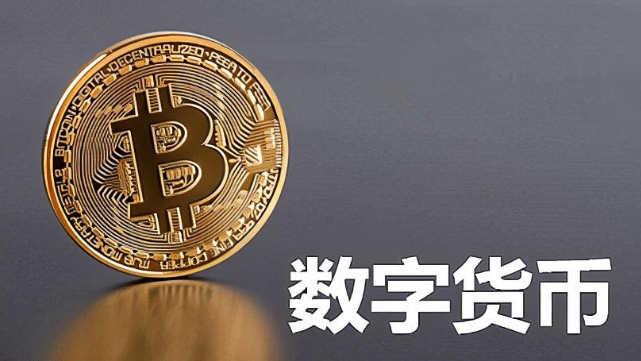The Origins and Core Controversies of BCH
Fork Background: In 2017, the Bitcoin community had disagreements over block size expansion issues. The group supporting block expansion (advocating for increased transaction efficiency) and conservatives (advocating for maintaining the original protocol) ultimately led to a hard fork, and BCH was born on August 1, 2017. This fork is essentially a split in the technical direction, not just a simple duplication of the currency.
IFO Mechanism: The core innovation of BCH is the 'Instant Issuance Mechanism' (IFO). This mechanism stipulates that users holding Bitcoin will automatically receive an equal amount of BCH at a 1:1 ratio without any additional action. This 'airdrop' model became key to BCH's early rapid user accumulation but also sparked debates about fairness.

Technical Characteristics and Market Positioning
Technical Architecture: BCH continues the underlying protocol of Bitcoin but enhances transaction processing capability by expanding block capacity (up to 32MB). Its consensus mechanism still uses Proof of Work (PoW), and the mining principles are highly similar to Bitcoin.
Market Role: BCH is often positioned as 'cash Bitcoin', emphasizing its peer-to-peer electronic cash properties. In the cryptocurrency ecosystem, it competes with Bitcoin, but its market capitalization is far less than that of the latter. Reference materials mention that BCH experienced a short-term surge in 2023 due to the promotion of compliant exchanges, but its long-term performance fluctuated significantly.

Historical Events and Fork Controversies
2020 Hard Fork: In November 2020, the BCH community split again into two factions: ABC (advocating for miner donations for development) and N (opposing donations), resulting in an on-chain fork. This internal division weakened the project's cohesion and also reflected the vulnerability of BCH's governance model.
Comparison with BSV: BCH has ideological differences with another fork coin BSV (Bitcoin SV). BSV advocates a complete return to the original Bitcoin protocol, while BCH focuses more on practicality and community autonomy. Reference materials indicate that BSV attempted to replace Bitcoin but ultimately failed.

Market Performance and Investment Logic
Price Fluctuations: The price of BCH is influenced by multiple factors. In 2021, it briefly rose due to the popularity of the IFO concept, but subsequently fell into long-term fluctuations. In 2023, it rebounded due to its inclusion in compliant exchanges, but an analysis in June 2024 showed that its short-term trend was weak and the support level needs attention.
Investment Risks: Reference materials repeatedly emphasize the high-risk nature of BCH. A Zhihu user pointed out that altcoins like BCH may outperform the market in a bull market, but tend to fall more significantly in a bear market. For example, the LTC/BTC exchange rate plummeted by 78% in 2020, and BCH faces similar risks. Long-term investors should be wary of risks such as changes in technical direction and community splits.

Future Prospects and Industry Views
Technical Route Controversy: BCH continues to face debates over 'whether to continue expanding blocks'. Supporters believe this is a necessary path to enhance practicality, while opponents worry about the risk of network forks. This uncertainty in technical direction affects its long-term development.
Industry Position: Reference materials show that BCH occupies a place in mainstream exchanges (such as being part of the Grayscale fund), but it is difficult to shake Bitcoin's dominant position. An analysis in August 2025 posited that altcoins as a whole lack explosive opportunities, and BCH needs breakthroughs in technological innovation and community governance.
Regulatory Environment: As a fork coin, BCH must face the same regulatory challenges as Bitcoin. Reference materials mention policies such as the US (Genius Act) that could benefit the entire industry, but the specific impact remains to be observed.
Summary
As a fork coin of Bitcoin, BCH's core value lies in the differentiation of its technical route and community governance model. Although it gained short-term popularity due to the IFO mechanism, its long-term development is constrained by technical disputes, market fluctuations, and regulatory uncertainties. Investors need to be clearly aware of its high-risk nature and avoid blindly chasing gains. For ordinary users, BCH is more suitable as a small part of a diversified investment portfolio rather than a core asset.
BTC BCH PEPE


